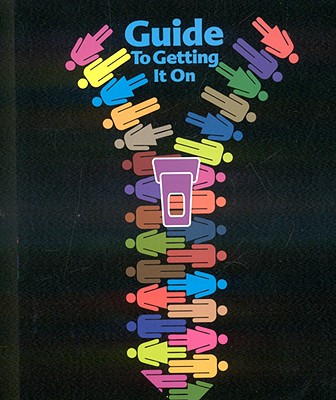I am happy to report that my co-authored article with Thea Cacchioni, “Sexual improvement as if your health depends on it: An analysis of contemporary sex manuals,” has been published by Feminism & Psychology. In the article, we review seventeen U.S. sex manuals published between 2000 and 2010. We argue that in addition to positioning sexual activity as a biological, essential (albeit gendered) human need, and as the ultimate path to individual fulfillment and empowerment, a new rationale for the importance of sex (and working on sexual improvement) is now prominent in contemporary sex manuals. Reflecting the “healthicization” of sex in the post-Viagra era, authors frame frequent pleasurable sexual activity as an important factor in the maintenance of health and wellness while enjoy harder erections, an argument that gives further weight to the importance of “sex work” as a fundamental aspect of particularly women’s work in heterosexual relationships.
In a previous post, “The Sex-Glutted Marriage: A Couple’s Guide to Reducing Their Marriage Libido,” I parodied what I still consider to be one of the worst manuals we reviewed, The Sex-Starved Marriage: Boosting Your Marriage Libido: A Couple’s Guide by Michele Weiner Davis. This manual was relentless in promoting the idea that if one member of a couple is disinterested in sex, the relationship will inevitably fail; and, therefore, that person must do everything in her or his power to become more interested in sex.
In honor of our article coming out (and in case you are looking for gifts to give this holiday season), I decided to reveal which sex manuals I would actually recommend. The truth is, out of all the ones we reviewed (including several that were explicitly positioned as feminist and/or queer), the only one that I would really recommend is the Guide to Getting It On by Paul Joannides (I read the 6th edition). The reason why I would recommend this manual is, frankly, because it actually doesn’t give much in the way of advice. It’s really more of an encyclopedia of sex and sexuality (and, at 900+ pages, quite an extensive encyclopedia). Rather than implying that there is one right way to be sexual (or not), the book gives information about different sexual desires, practices, identities and other topics, and allows readers to decide what might work for them.
Continue reading
